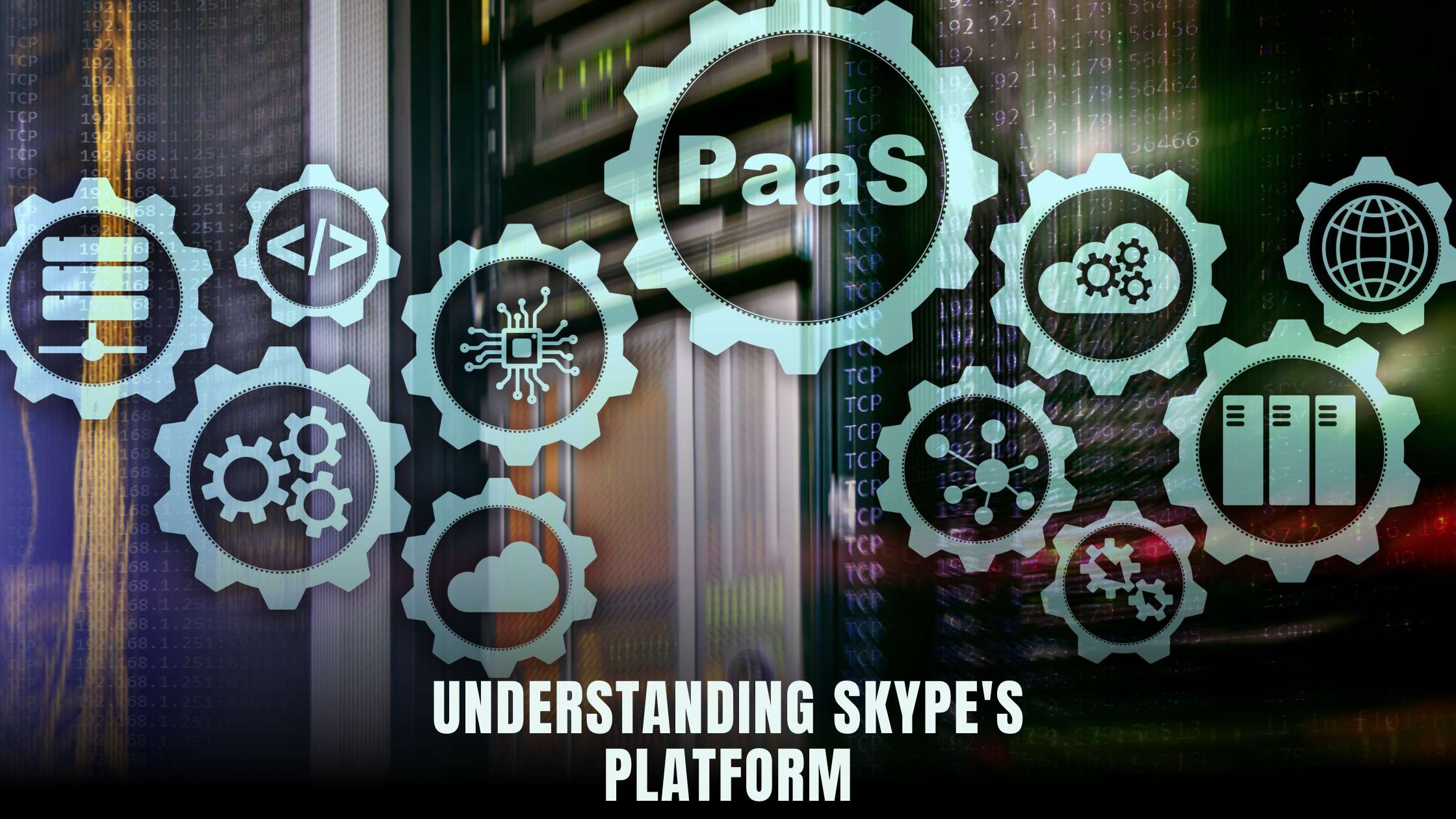Skype as SaaS or PaaS: Evaluating Platform Type
-


Skype as SaaS or PaaS: Evaluating Platform Type
In the realm of cloud computing and software delivery models, platforms like Skype often prompt discussions about their classification as Software as a Service (SaaS) or Platform as a Service (PaaS). Understanding the nature of Skype’s platform type is crucial for businesses and users alike, as it determines how they interact with and utilize the service. In this article, we’ll delve into the intricacies of Skype’s platform type, evaluating whether it aligns more closely with SaaS or PaaS and its implications for users and businesses.
Deciphering Skype’s Platform Type
1. Characteristics of SaaS
Software as a Service (SaaS) typically refers to cloud-based software solutions that are hosted and maintained by a third-party provider. SaaS applications are accessible via the internet, allowing users to access and use the software without the need for installation or management of physical infrastructure. Key characteristics of SaaS include:
- Multi-tenancy: SaaS applications are designed to serve multiple users or organizations simultaneously, often sharing common infrastructure and resources while maintaining data isolation and security.
- Subscription-based Pricing: SaaS offerings typically operate on a subscription model, where users pay recurring fees for access to the software and associated services. This model offers flexibility and scalability for users, allowing them to adjust their usage and costs as needed.
2. Understanding PaaS
Platform as a Service (PaaS) provides a platform for developers to build, deploy, and manage applications without the complexity of infrastructure management. PaaS offerings typically include development tools, middleware, and runtime environments, enabling developers to focus on building and deploying applications rather than managing underlying infrastructure. Key characteristics of PaaS include:
- Application Development Support: PaaS platforms offer tools and frameworks for developing, testing, and deploying applications, streamlining the development lifecycle and enabling rapid iteration and deployment.
- Scalability and Flexibility: PaaS environments are designed to scale dynamically based on application demand, allowing developers to scale resources up or down as needed without the need for manual intervention.
Is Skype a SaaS or PaaS?
1. SaaS Perspective
From a SaaS perspective, Skype aligns closely with the characteristics of a cloud-based software application. Users access Skype’s communication and collaboration features through a web browser or dedicated application, leveraging its infrastructure for real-time communication. Skype’s subscription-based pricing model further reinforces its classification as a SaaS offering, as users pay for access to its services rather than managing underlying infrastructure.
2. PaaS Perspective
However, some arguments can be made for Skype’s classification as a Platform as a Service (PaaS), particularly concerning its underlying infrastructure and development capabilities. Skype provides a platform for developers to integrate its communication services into their applications through APIs and SDKs, enabling developers to build custom communication solutions on top of Skype’s infrastructure.
Relevant SaaS Products for Communication and Collaboration
Exploring the broader landscape of SaaS products related to communication and collaboration, several offerings cater to businesses and individuals seeking robust communication solutions. Here are some relevant SaaS products in this domain:
- Zoom: Zoom is a leading video conferencing platform that offers high-quality video and audio communication for meetings, webinars, and virtual events.
- Microsoft Teams: Microsoft Teams is a collaboration platform that combines workplace chat, video meetings, file storage, and application integration, providing a comprehensive solution for team communication and collaboration.
- Slack: Slack is a popular messaging platform that enables teams to communicate and collaborate in real-time, offering channels, direct messaging, file sharing, and integration with other tools and services.
- Google Meet: Google Meet is a video conferencing solution integrated with Google Workspace, offering secure and scalable communication for teams and organizations.
- Cisco Webex: Cisco Webex is a collaboration platform that provides video conferencing, online meetings, screen sharing, and team messaging, catering to businesses of all sizes.
Leveraging Subscribed.FYI for Software Evaluation
For businesses and individuals evaluating communication and collaboration software, Subscribed.FYI offers a comprehensive platform for understanding, comparing, and managing SaaS tools. By accessing insights, reviews, and pricing information on a wide range of SaaS products, users can make informed decisions about selecting the best communication solutions for their specific needs.
Unlock exclusive deals and savings on premium SaaS tools with Subscribed.FYI Deals, and streamline your software evaluation process to find the perfect communication and collaboration solutions for your business.
Relevant Product Links:





